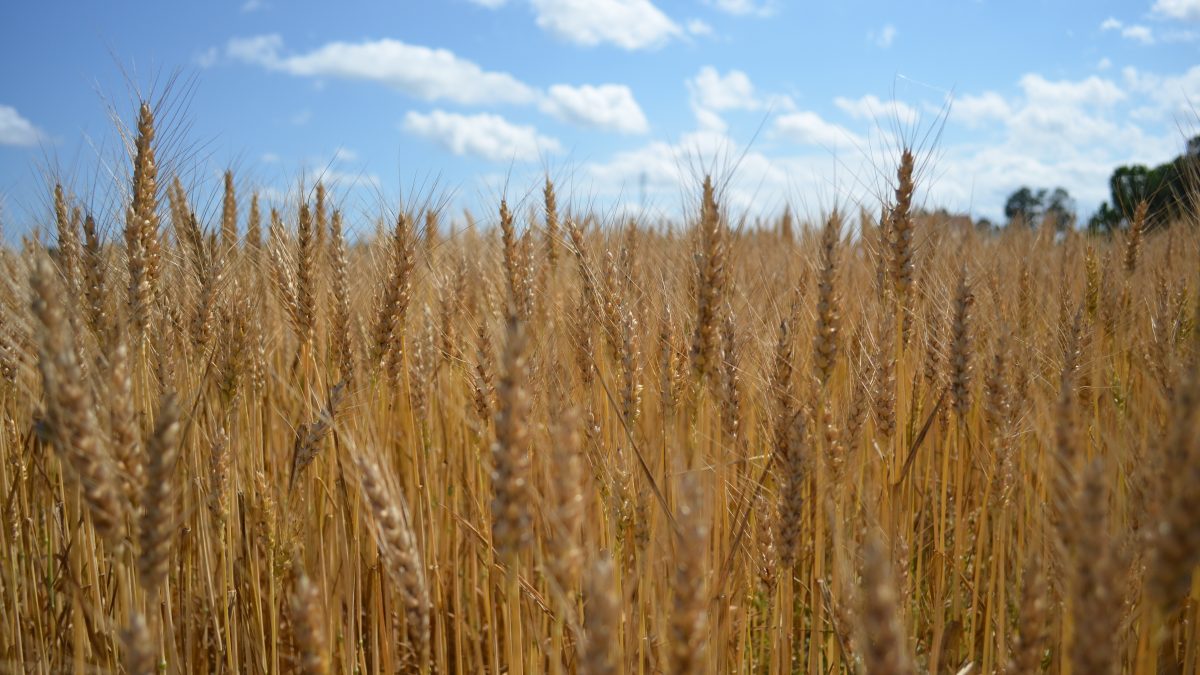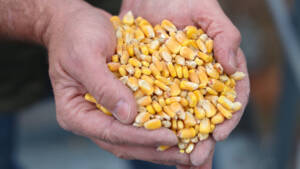January WASDE Provides Key Look at U.S. Grain Data
Betty Resnick
Economist
Chad Smith
Associate News Service Editor, NAFB
The latest World Agriculture Supply and Demand Estimates Report shows a drop in U.S. corn and soybean yields. Chad Smith reports.
Smith: The reductions in corn and soybean yields were bigger than expected in the January WASDE. Betty Resnick, an economist with the American Farm Bureau Federation, says the corn and soybean markets are getting tighter.
Resnick: The drop in yield and production were much larger than market analysts were expecting. So, corn fell by about 2.1 percent which is 3.8 bushels and is now under 180 bushels an acre. While still a record yield, it's below trendline and below expectations going into the report. Soybeans fell by a bushel, or about two percent, to 50.7 bushels an acre.
Smith: The USDA’s first estimate on winter wheat planted acres increased from last year to 34.1 million acres.
Resnick: What I kind of find interesting is where this growth is coming from, which is really outside of traditional winter wheat states. Most of the decline in winter wheat acres came from Kansas and Oklahoma, which are big winter wheat states. But the increased acres were in less traditional states in the Great Lakes region, the Southeast, and the West Coast.
Smith: She said the January WASDE wasn’t a great report for cotton producers.
Resnick: There was an increase in estimated production numbers and a decline in export and consumption, which caused ending stocks to increase by about nine percent. Basically, production has bounced back this year in cotton, largely due to better growing conditions in Texas, but demand has fallen over last year. This has led to a nearly 15 percent decrease in price since last year.
Smith: Chad Smith, Washington.
For more information on the January WASDE, as well as five additional USDA reports released so far this year, read Market Intel.
What We're Saying
Trending Topics
VIEW ALL



